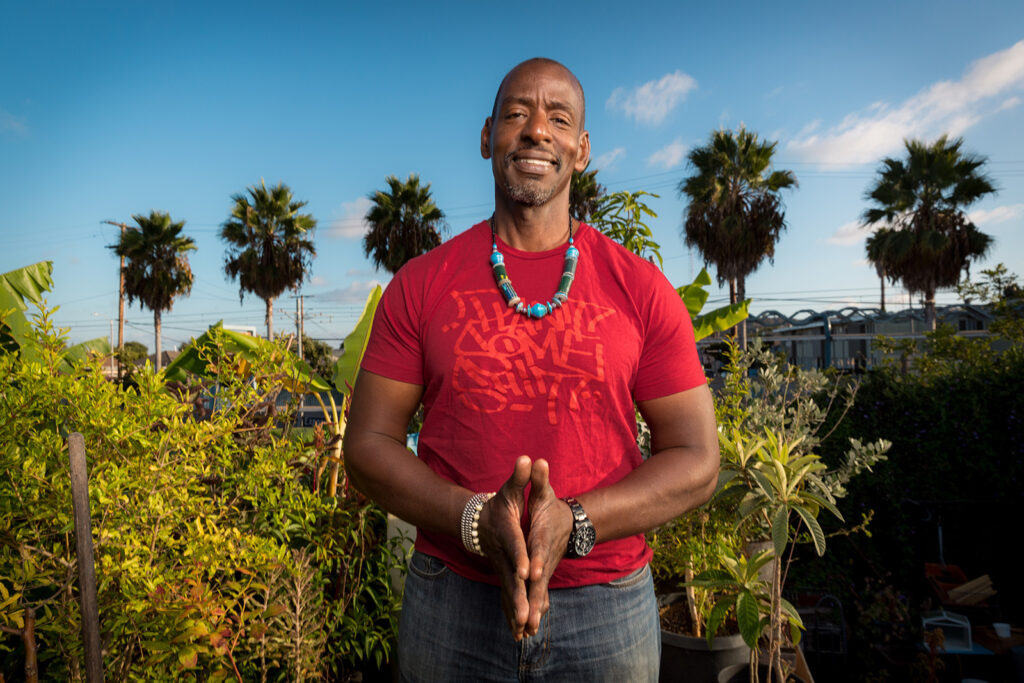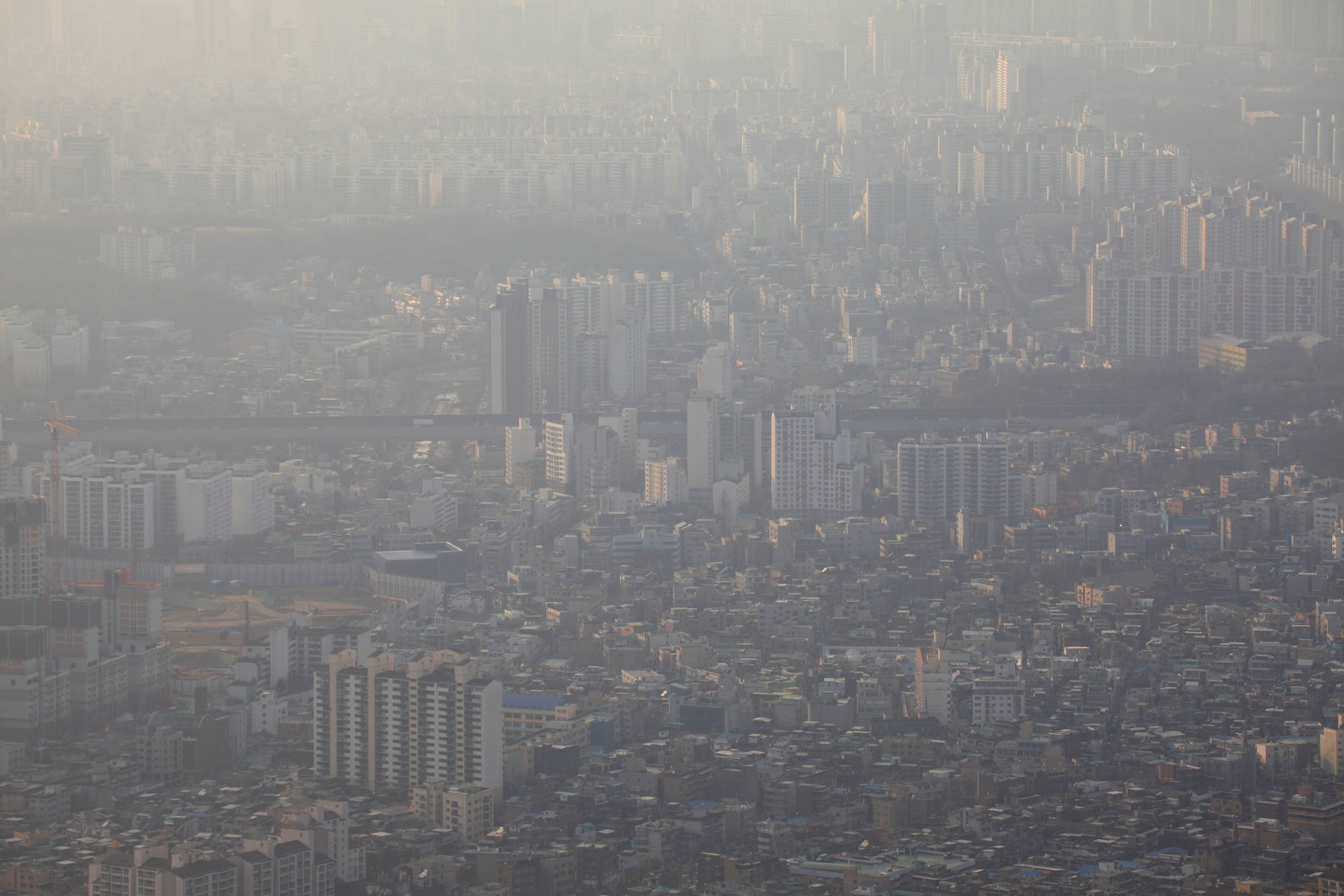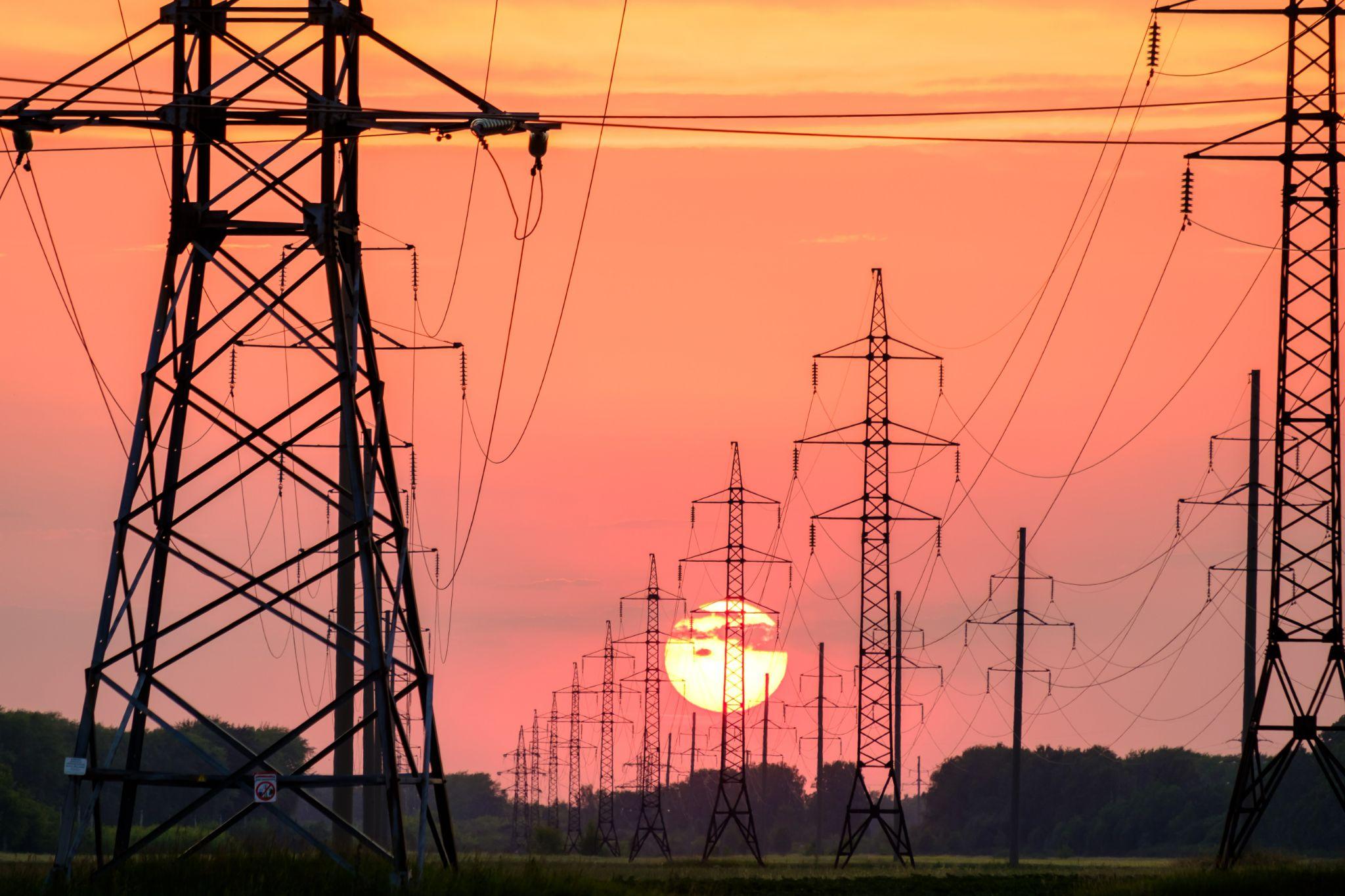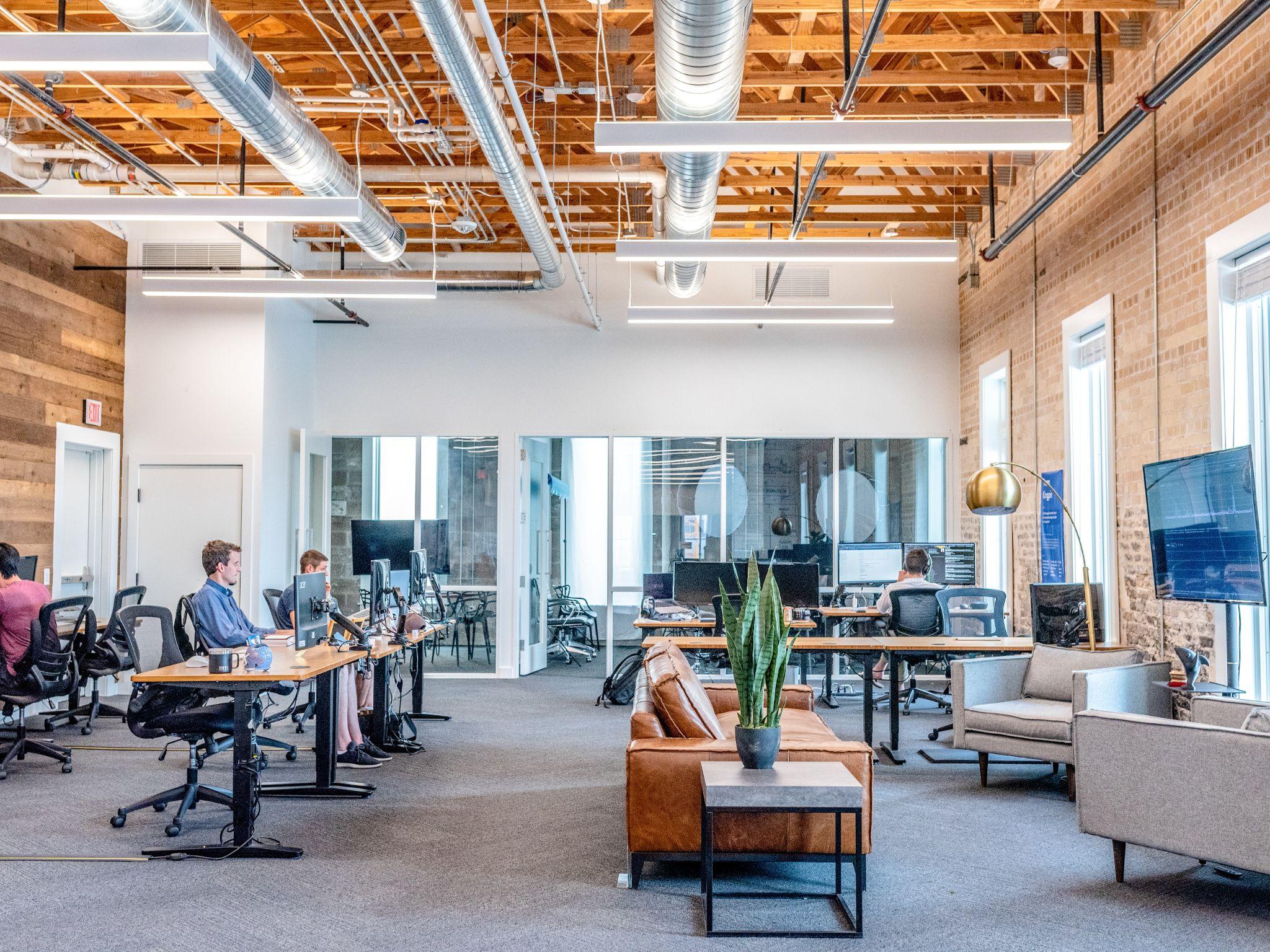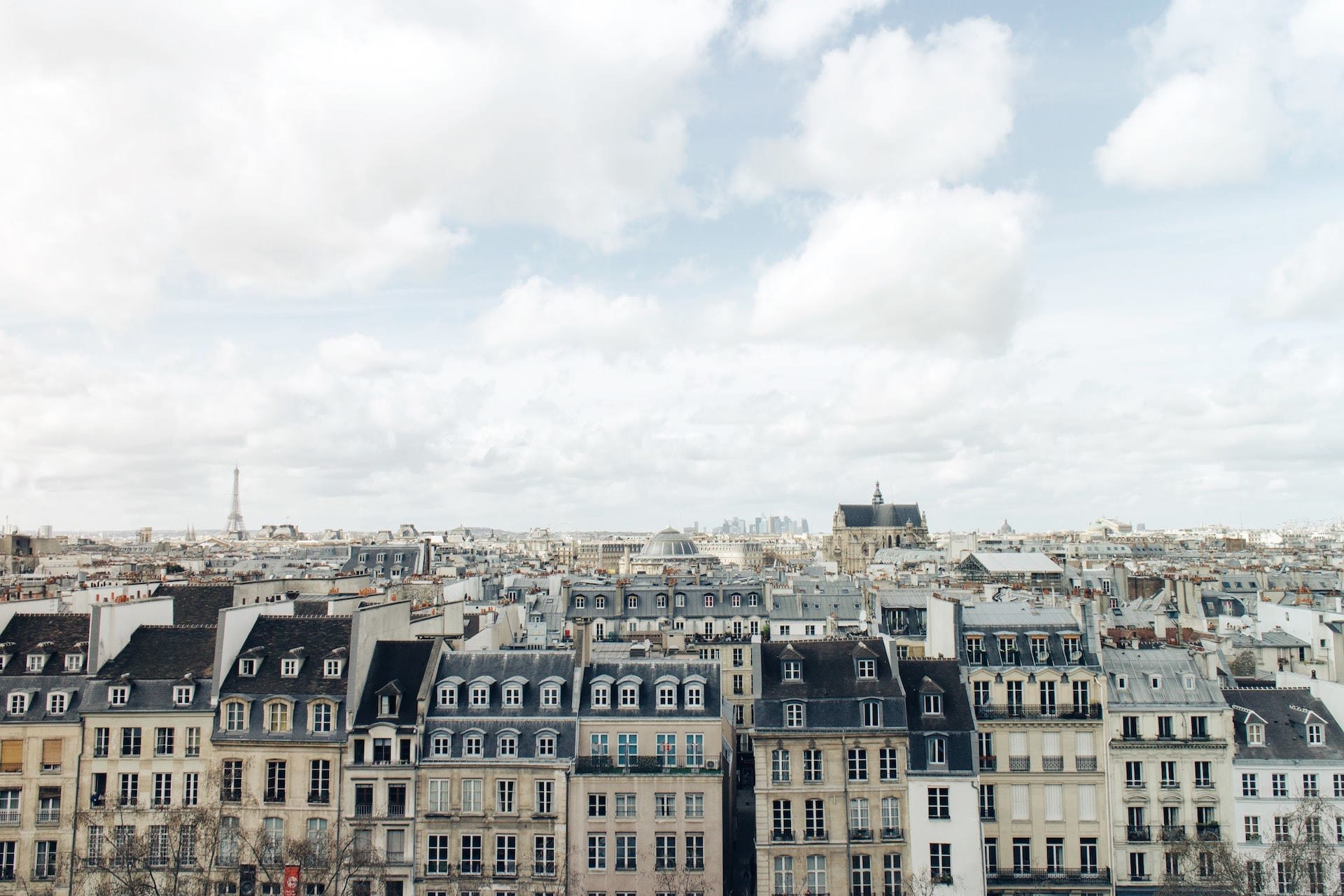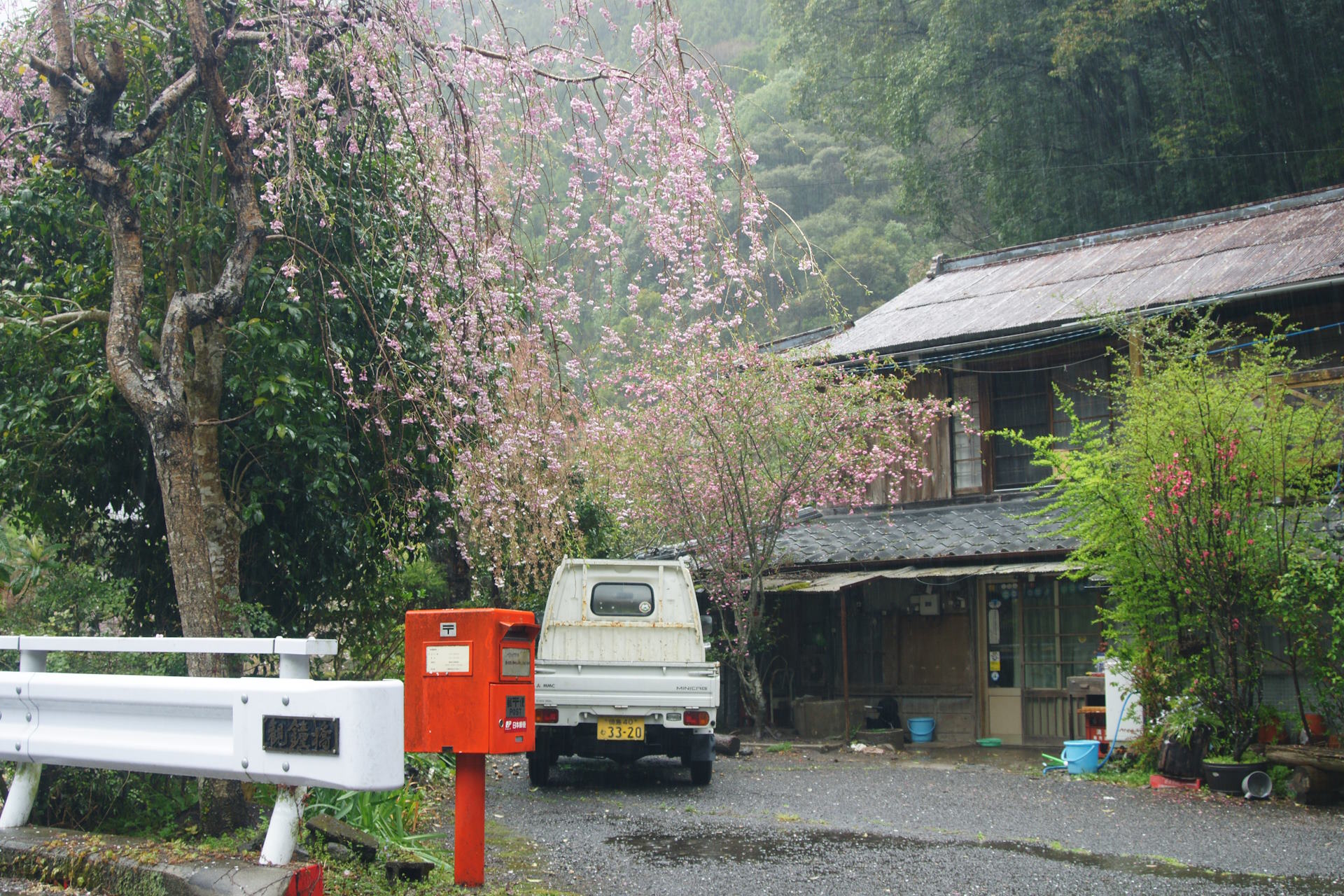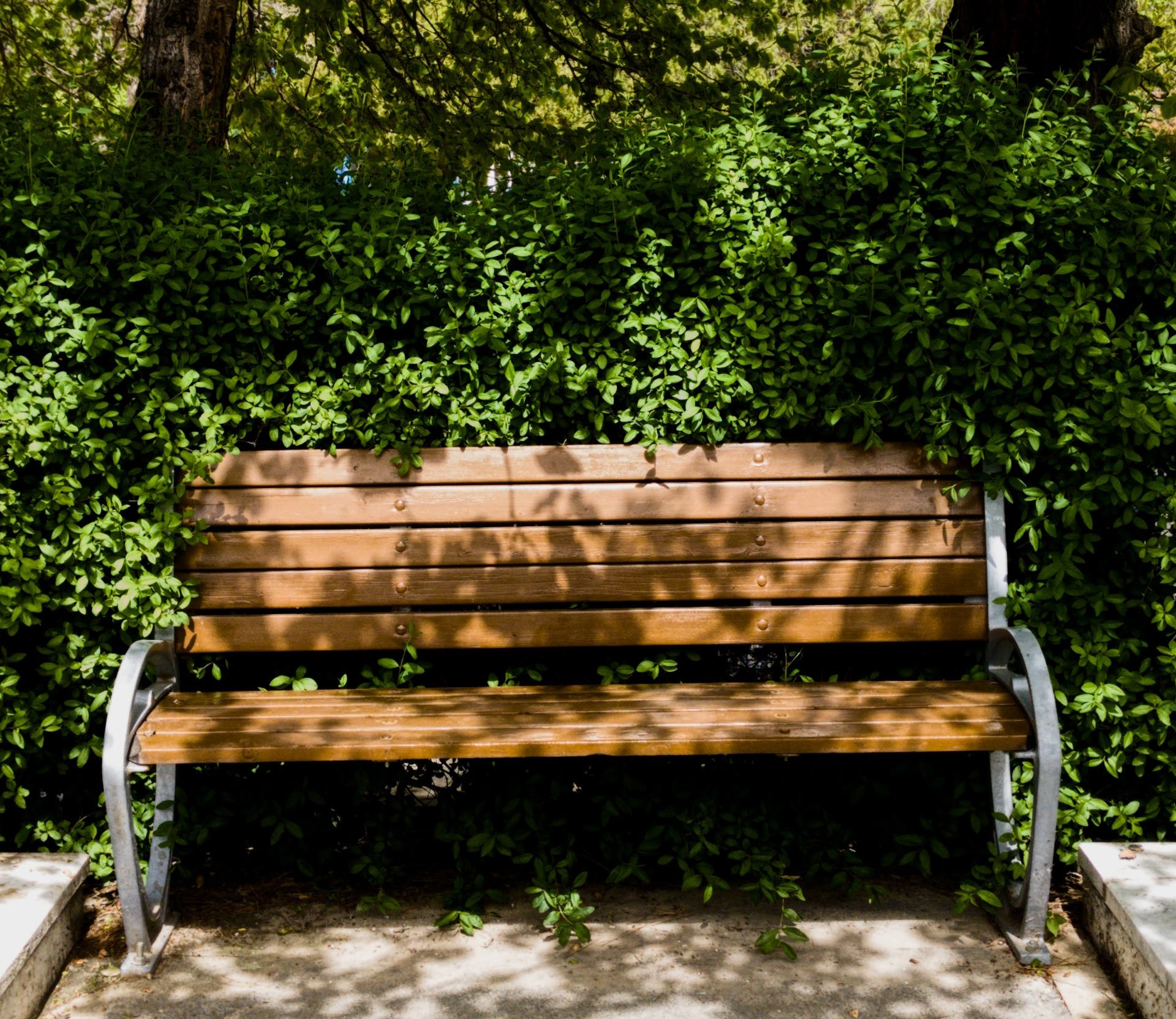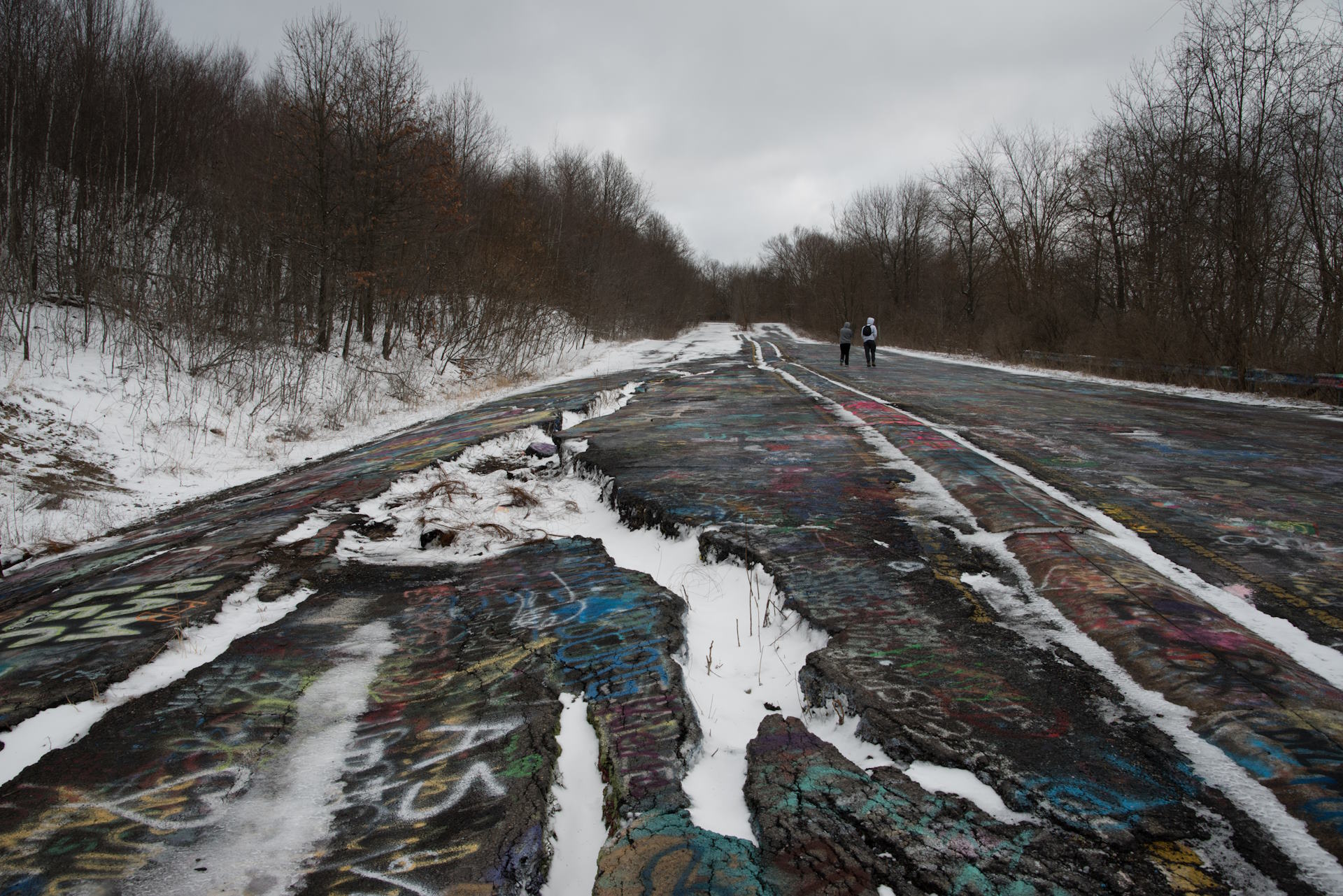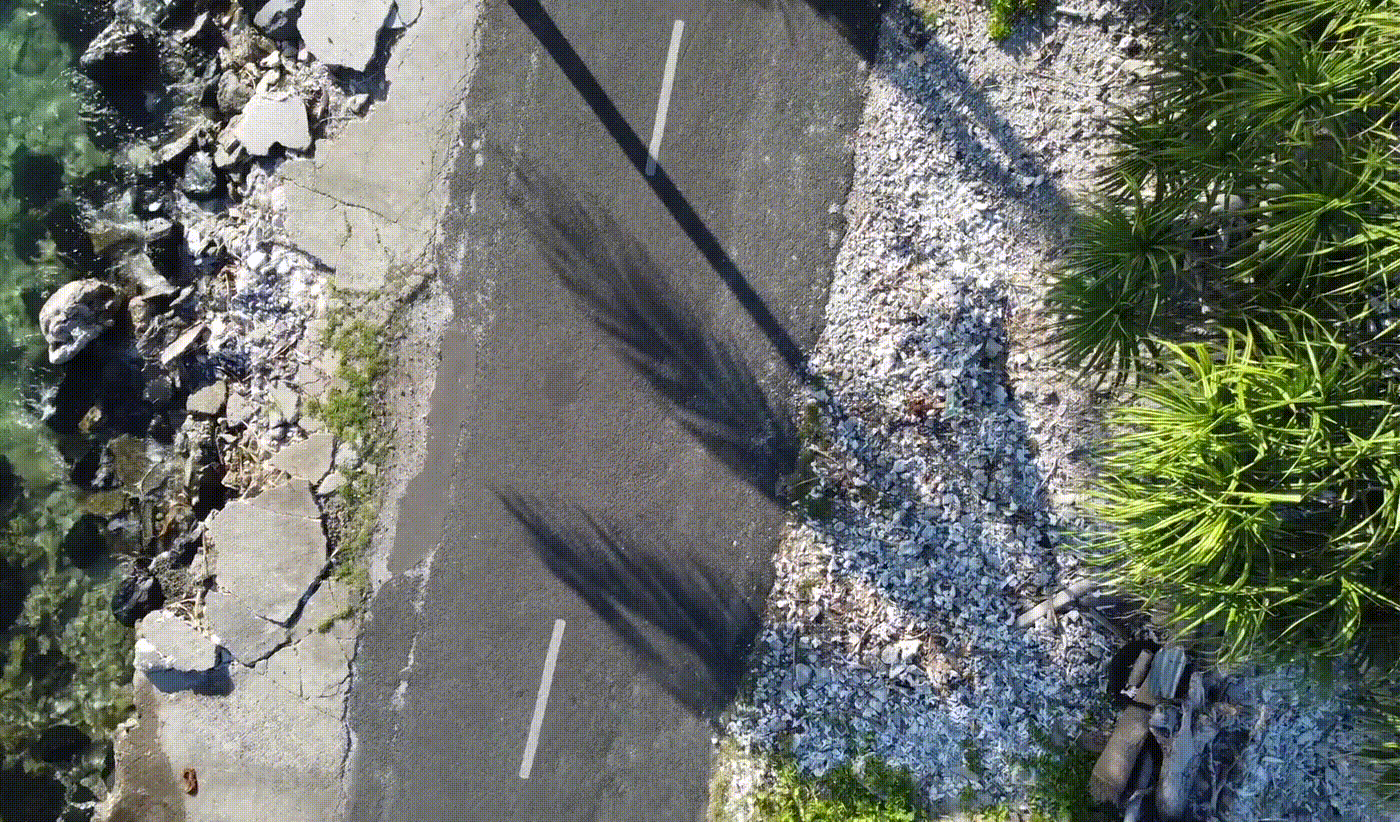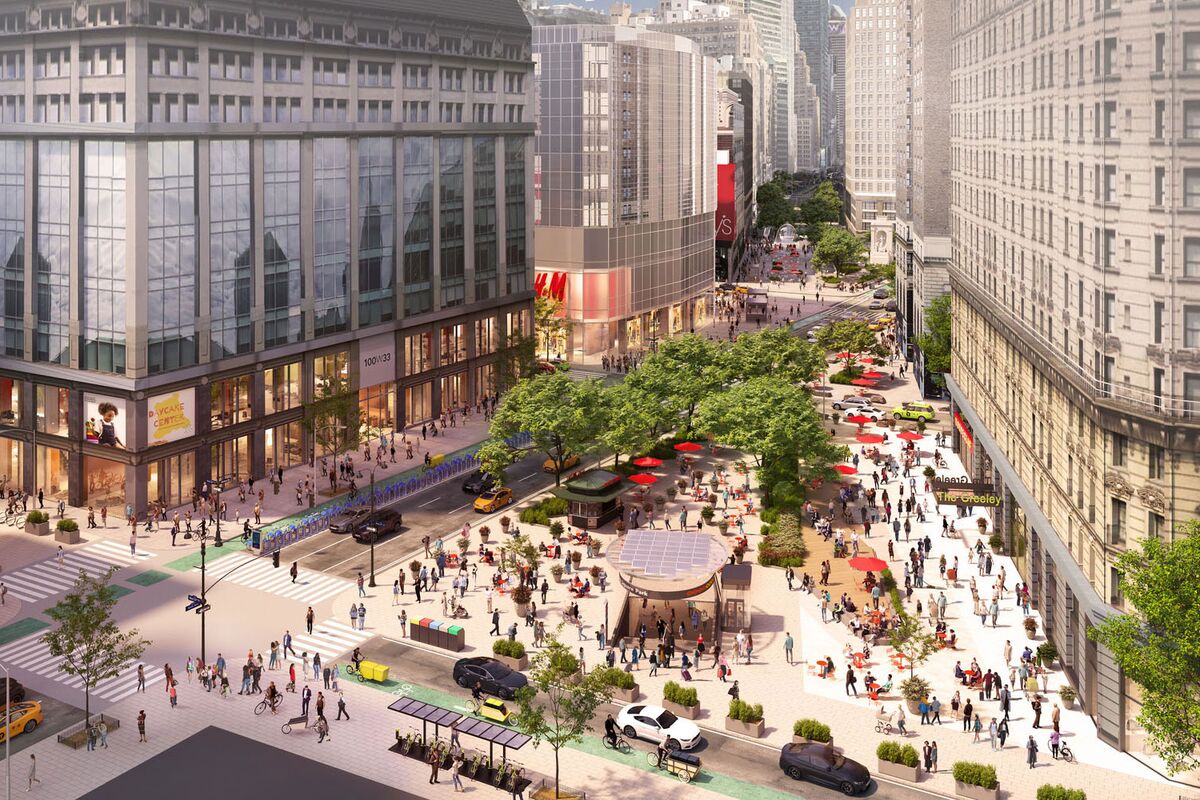Known around the world as the Gangsta Gardener, in 2010 Ron Finley set out to reclaim the neglected dirt patches next to the streets by planting fresh produce. After a turf war with the City of Los Angeles for gardening without a permit, he managed to change the law and allow local communities to use parkways as communal gardens. Over ten years later, these gardens have not only grown fresh produce but have also created healthier and more sustainable communities. How can other cities become greener by leading their own horticulture revolution?

New York will have a vast island-laboratory to explore the effects of climate change
Energy & Environment




